We may earn money or products from the companies mentioned in this post. This means if you click on the link and purchase the item, I will receive a small commission at no extra cost to you ... you're just helping re-supply our family's travel fund.
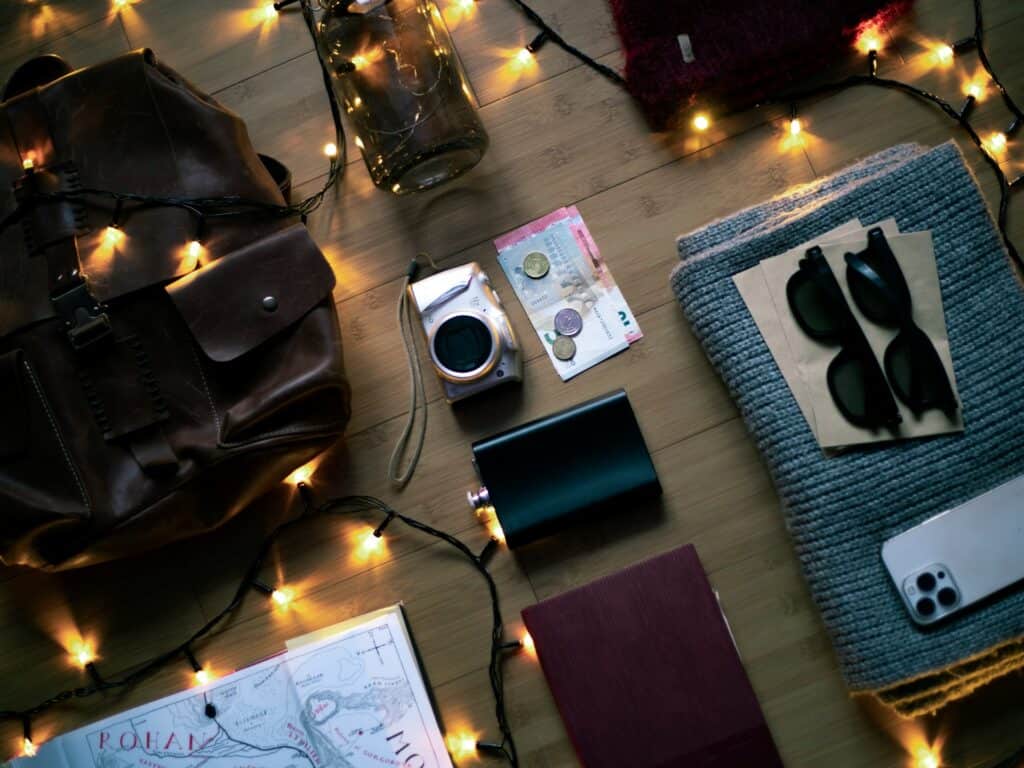
Travel in 2025 is all about efficiency. Airports are packed, screening lines move quickly, and airlines keep shrinking baggage allowances. Packing smart isn’t just about saving space anymore. It’s about clearing security in one smooth motion without fumbling for liquids or electronics.
This guide focuses on what to skip, what to swap, and how to build a compact 30-item capsule that meets every rule. From liquid-free skincare to tech gear that passes inspection without unpacking, here’s how to get through TSA faster and travel lighter without sacrificing comfort or style.
Liquids and Skincare: TSA’s 2025 Update
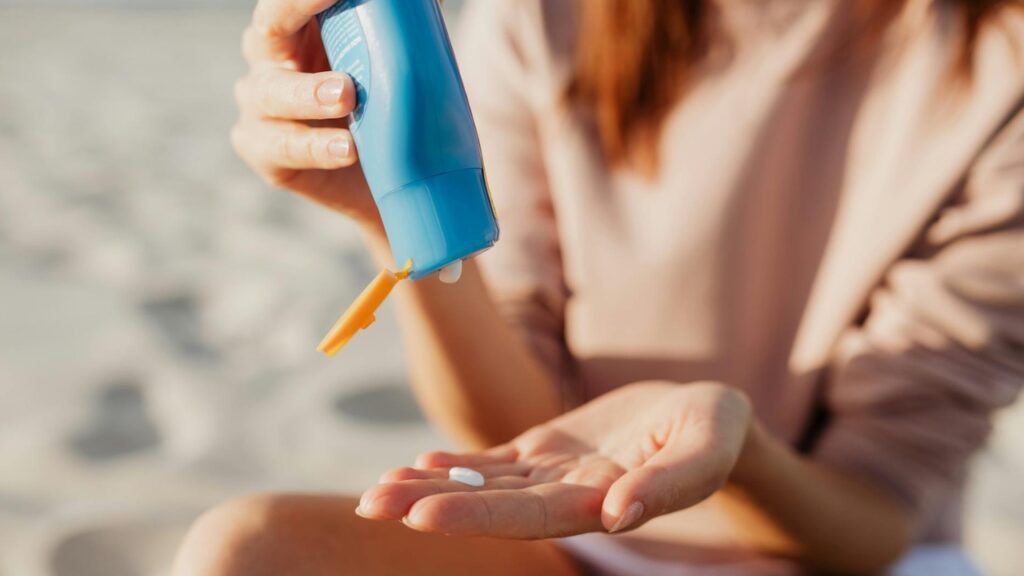
The 3-1-1 rule still applies, but new packaging makes compliance easier. Most travel brands now offer refillable 1-ounce pods or solid products that remove the need for multiple bottles. Switch liquid cleansers for balm-to-foam sticks and use solid sunscreen bars instead of tubes. These options are mess-free, environmentally friendly, and quick to inspect.
If you prefer liquid skincare, look for vacuum-sealed containers that balance pressure changes in-flight. They prevent leaks and are TSA pre-approved. For makeup, go for cream or stick formulas. A single multi-use tint can serve as blush, lip color, and eyeshadow.
Perfume bottles often cause hold-ups. Try refillable fragrance capsules or dry scent wipes. Both fit within TSA liquid limits and won’t trigger extra screening.
Electronics and Charging Gear
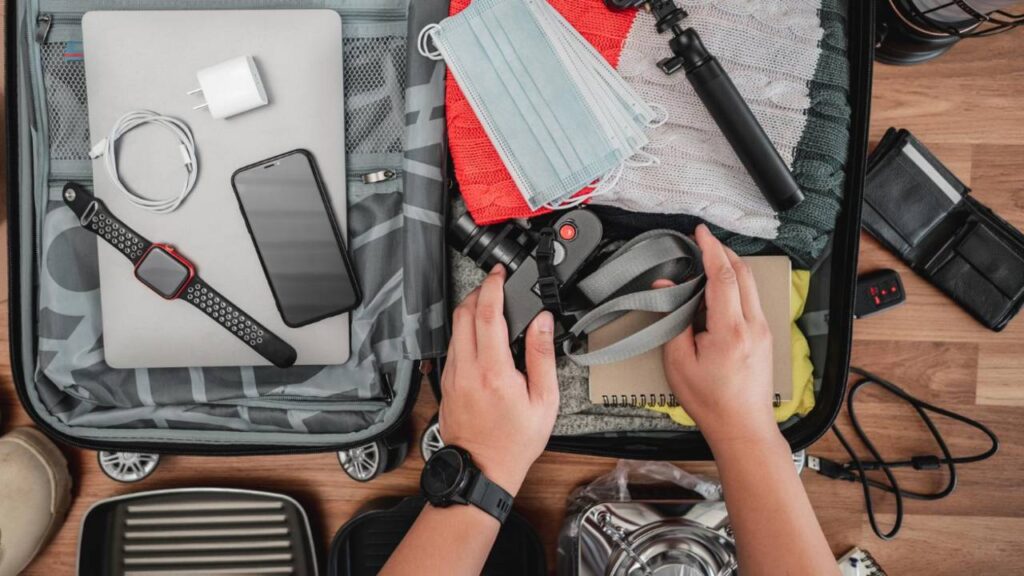
Unless you have TSA PreCheck or a checkpoint-friendly bag, laptops and tablets still need separate screening. Carry only one primary device to minimize delays. Modern tablets with detachable keyboards now replace laptops for most travelers, offering full productivity in half the space.
Trade bulky power bricks for a compact 65-watt GaN charger that handles your phone, camera, and laptop at once. Retractable cables save space and prevent tangling. Skip surge protectors, oversized adapters, or batteries above 100 watt-hours. They’re still flagged and sometimes confiscated.
If you travel with cameras, separate your memory cards and batteries. Keep hard drives in an RFID-shielded pouch to protect your data during scans.
Clothing: The 30-Item Capsule
Capsule packing forces precision. Limit yourself to 30 total pieces, including shoes, accessories, and outerwear. Choose fabrics that resist wrinkles and work across climates—merino wool, recycled nylon, or performance cotton. Stick to neutral tones so everything mixes easily.
Follow the rule of threes: three tops, three bottoms, three layers, three shoes, and three accessories. Add a lightweight jacket, a scarf that doubles as a wrap, and a collapsible tote for day trips. Slip-on shoes are your best friend at security checkpoints.
Avoid belts with metal buckles, heavy jewelry, or rigid handbags. Each adds time and triggers manual checks. Comfort, not excess, is the goal.
Toiletries and Health Essentials
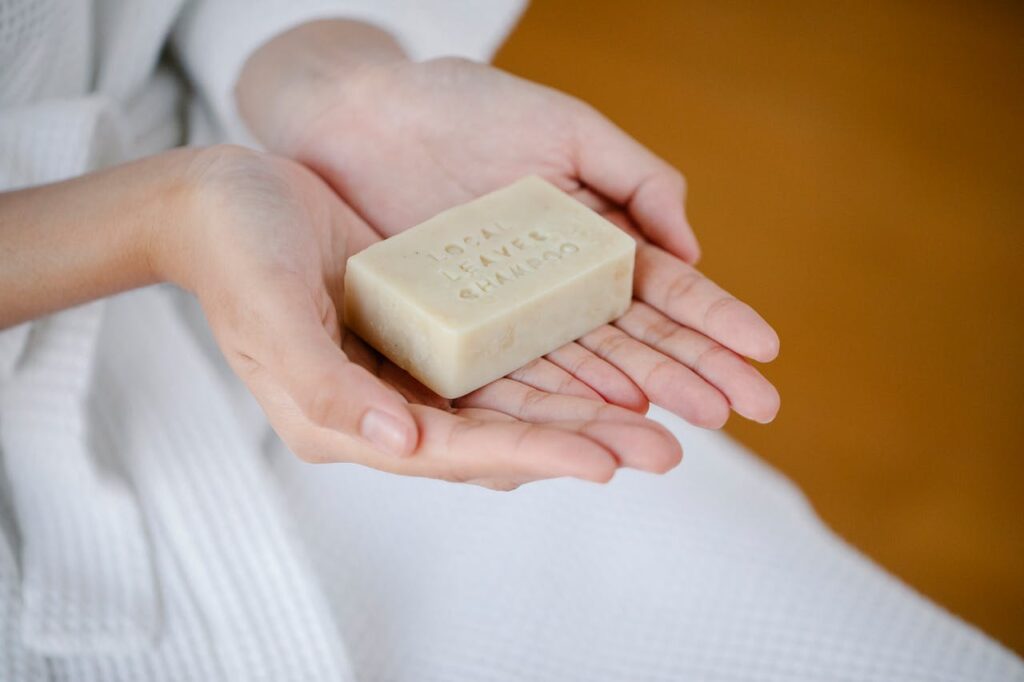
Solid shampoo and conditioner bars have replaced bulky bottles. Toothpaste tablets are now standard in travel aisles, and deodorant sticks beat gels every time. For first aid, pre-pack individually sealed doses of pain relief and allergy medicine. Loose pill bottles often raise questions at screening.
Keep vitamins in labeled mini-tins instead of mixed organizers. TSA prefers visible labels and consistent packaging. Always carry prescription medications in their original containers. Digital labels are accepted only if backed by a physical one.
Disinfecting wipes, mini sanitizers, and sprays under 3 ounces are fine. Avoid aerosols or liquids over 70 percent alcohol content. Those are now restricted on several routes due to fire risk.
Food and Snacks
Solid snacks are fine. Spreads, dips, or anything creamy still count as liquids. Pack protein crisps, nuts, or dried fruit instead of nut butter or yogurt. Reusable silicone bags keep things neat and seal odors tight.
Bring an empty bottle to fill after security. Buying water every time you fly is wasteful and expensive. For international flights, skip fresh produce and meat entirely. Customs penalties for undeclared food can be high, even for one apple or sandwich.
What to Leave Behind
Skip multitools, sharp grooming kits, or tactical-style accessories. Nail scissors under four inches are allowed, but pocket knives are not. Hair straighteners with removable lithium batteries belong in carry-on only, not checked luggage.
Don’t pack candles, lighters, or self-heating food pouches. They’re categorized as hazardous. Drones over 250 grams must be declared and registered under FAA rules. Finally, avoid heavy adapters or voltage converters. Most hotels now provide universal sockets or USB-C outlets.
Smart Packing Tricks That Speed Screening
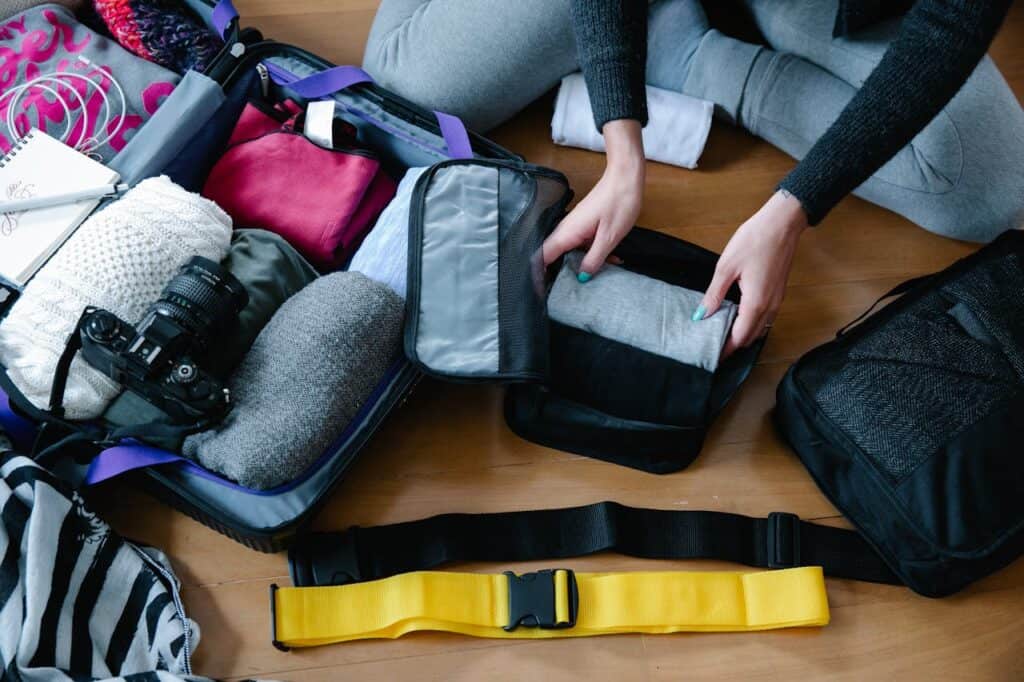
Pack electronics at the top of your bag or in side compartments for easy removal. Place liquids in a transparent pouch near the zipper. Structured bags with divided sections help TSA officers scan faster and reduce the chance of random inspection.
Weigh your carry-on before you leave. Airlines now strictly enforce a 22-pound cabin limit, and oversize personal items are often gate-checked. A digital luggage scale keeps you within limits.
Use a smart luggage tag synced to your phone. Most major airports now recognize Bluetooth-enabled tags, making it easier to locate bags that miss connections.
Packing for 2025 is about intent and awareness. Every item should earn its place in your bag and move you through security without pause.